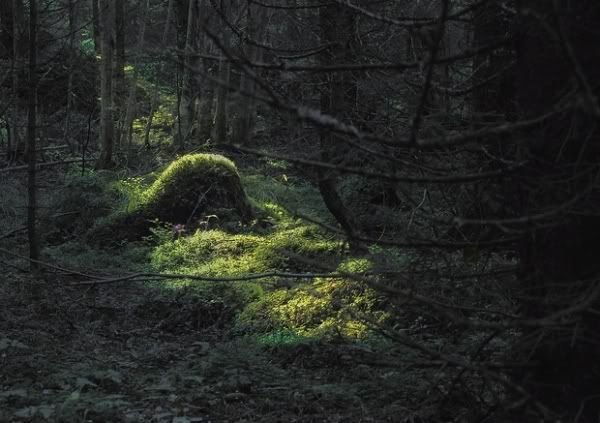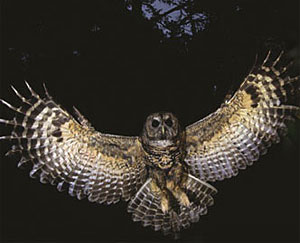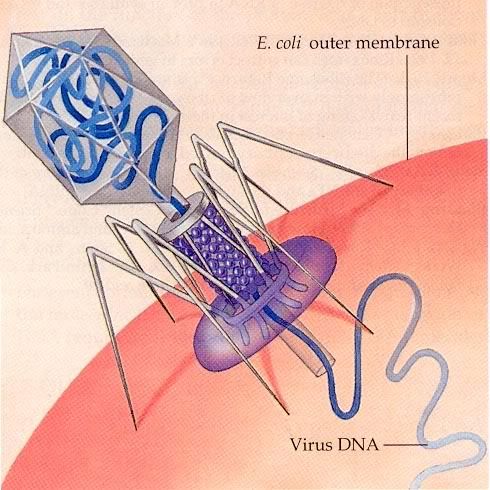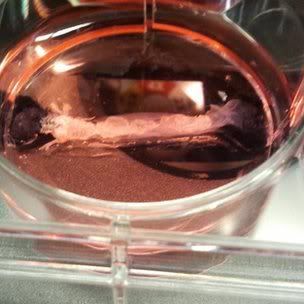Why are some children just bad? This is a question which has followed society for hundreds and hundreds of years. And, despite the advances in science and technology, we still have no idea why some children who come from seemingly good homes have to act out on a consistent basis.
But a study which was published in the scientific journal Pediatrics believes there may be some visible signs involved. The study claims to have found a link between behavioural issues in children and sleep-disordered breathing; sleep-disordered breathing is defined as apnoea in this case.
The study was carried out at the Albert Einstein College of Medicine in New York and followed over 13,000 children from infancy through their early childhood.
The study originally found that 45% of this group remained free of any sleep-disordered breathing. 8% of children fell into a worst-case group, which involved children who had breathing problems which persisted after the ages of two and three; a group dubbed by the researchers involved in the project.
By age seven, the research team discovered that those with so-called sleep-disordered breathing were more likely to develop some form of behavioural or emotional disorder by age seven. These disorders included anything from ADHD disorder to anxiety and depression. This link was discovered because 13.5% of children had these kinds of symptoms, as opposed to only 8% of children who had no sleep-disordered breathing problems.
But here’s where the problems with this study arrive. The researchers admitted that they weren’t sure about whether any of these children actually had these disorders out rightly or not because the results are based off of questionnaires given to parents. Now isn’t that a reliable way to gain results? Obviously, it’s not which already leads to much scrutiny.
Ok, so they claimed that they accounted this link by using variables such as parental income, education, race, birth weight, and whether parents smoked. This is all well and good, but did it take into account how much a parent smoked or exactly how much the parent weighed? Of course it didn’t. So, these figures are already looking very sketchy already. And this is before we get into the fact that people who smoke already underestimate exactly how much they smoke.
Continuing on, the researchers went on to say that even with these variables they discovered that sleep-disordered breathing was the biggest factor involved as the researchers plucked out a figure which said that there was a 72% chance of behavioural or emotional symptoms in children at age seven.
Now, this seems like they just pulled this figure out of nothing because if 45% of children didn’t have any breathing problems whilst sleeping then that means 55% did. If 55% did and only 13.5% of these children had any of these behavioural or emotional issues by age seven then where is the 72% figure coming from? Luck?
And let’s look at the figures they gained from sleep-disordered children versus children who had no issues when it comes to any symptoms and issues when they got older. 13.5% and 8% are incredibly close to each other as a 4.5% difference in a study of 13,000 is marginal, to say the least. If another 13,000 study was conducted then would these figures necessarily be the same? I think not, but if they are then I would be surprised.
For now, this writer will be blaming bad parenting and poor discipline when a child decides that it would be funny to throw a brick at another child’s head.









